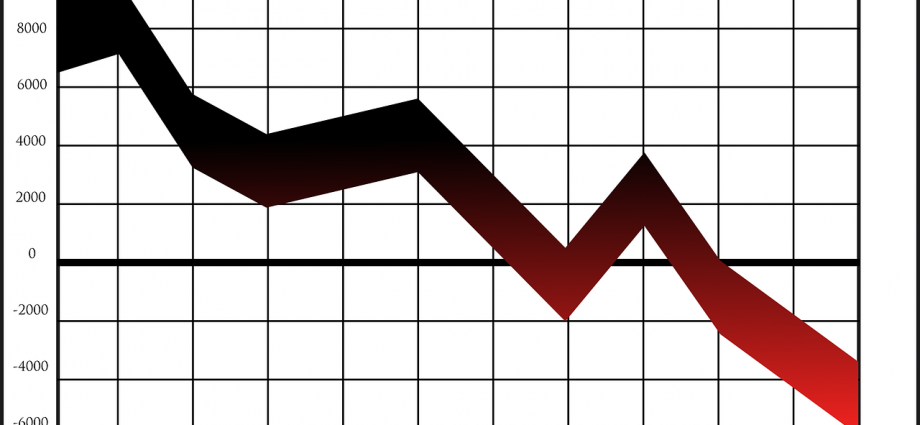The global economy is always growing. We all know that. We also know that, inexperienced and unprepared as we are, if we invest in efficient instruments (managed savings), we are able to incorporate this growth. But, it is also true, and I can’t stress out that enough, that the financial markets do not grow steadily and linearly, because in the short term they are conditioned by emotional and speculative factors that generate uncontrollable fluctuations. Therefore, every time the market collapses we have a unique purchase opportunity.
It’s a bit like during sales, but on luxury products: who would miss the opportunity to buy maybe a Ferrari or a Rolex, a Louis Vuitton bag, or an iPhone at half of the price? When the stock market collapses we have the unique opportunity to buy the shares of all these companies at half price, so why don’t we do that?
If we don’t, it is because our gaze is not looking towards the right time horizon, but is focused on the short term, on the small tragedy that we are experiencing at that moment. We get bogged down in mulling that we are losing 30-40%. And in this the media contribute a lot to frighten us. If for at least a week we hear on the news or on TV talks or read in the newspaper comments such as: “The stock market is crashing”, “Markets are not reacting” and other negative phrases, we are obviously brought to panic. But the loss is temporary and it is indeed right behind those news, that an opportunity for our investment lies. It’s just a matter of perspective.
You would tell me: “And how do I follow the falling markets? I don’t have the time and skills to do that!”. Well, I would say – “Find the time and learn!” It’s about your money we are speaking about and you have to look after it. Portfolio monitoring must be done by seizing the opportunities that the market offers along the investment path and right strategies must be activated whenever your asset undergoes a significant drop. If the equity experiences a drop greater than 30% and the bond greater than 10%, well, that’s the time of rebalancing the portfolio or alternatively investing new resources according to your objectives and risk profile.

